Why choose between beauty and utility in your garden when you can have both? Ornamental edible plants are the perfect fusion of form and function they bring stunning colors, textures, and shapes to your landscape while also producing delicious, harvestable goodies. From colorful foliage and dazzling flowers to sculptural fruits and aromatic herbs, these plants are as pleasing to the palate as they are to the eye. Let’s explore 10 beautiful edible plants that will elevate both your garden’s style and your plate.
1. Rainbow Swiss Chard (Beta vulgaris subsp. cicla)

Rainbow Swiss Chard is a showstopper in any edible garden with its vibrant, neon-colored stems in red, yellow, orange, and pink all topped with glossy, dark green leaves. This leafy green is not only a nutritional powerhouse but also a striking ornamental, perfect for front-of-bed plantings or mixed borders. It’s incredibly versatile in the kitchen, great for sautés, soups, or raw in salads when young. Chard thrives in cooler temperatures and continues to impress with regrowth after harvest.
2. Nasturtiums (Tropaeolum majus)
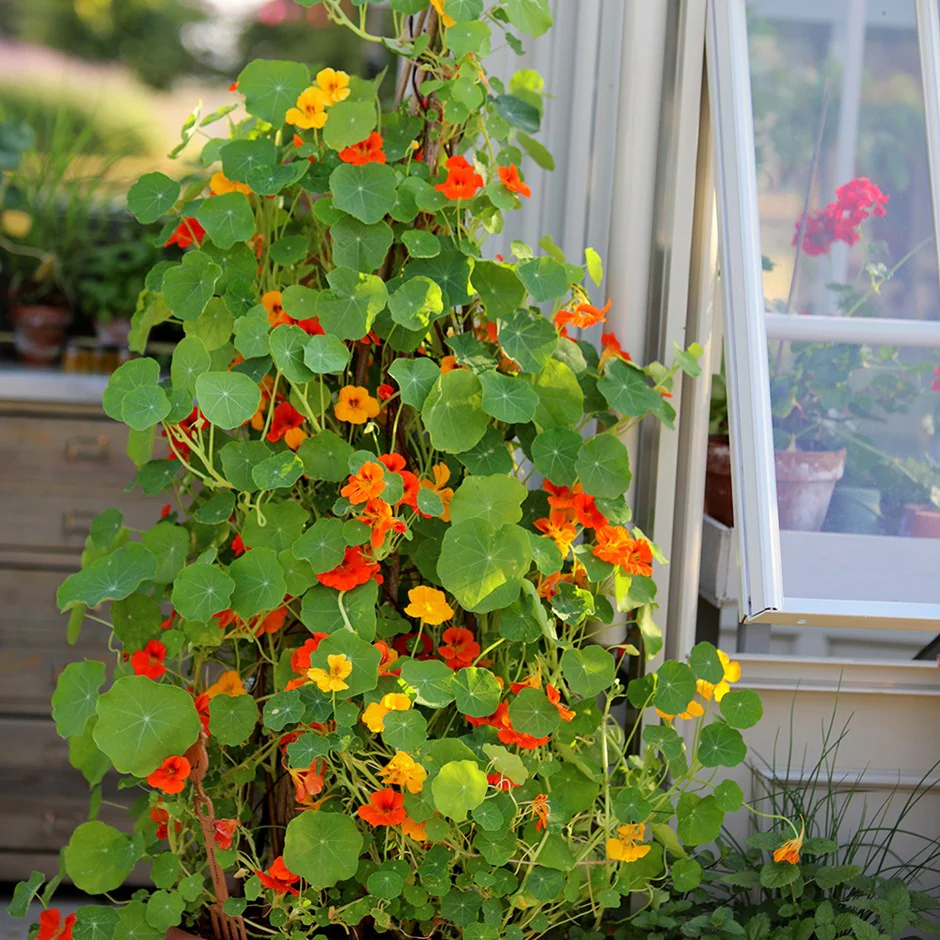
Nasturtiums offer a triple treat: cheerful, bright flowers, lush trailing or bushy foliage, and a peppery, edible taste that livens up salads. Both the leaves and blossoms are edible, adding a burst of color and flavor to dishes. They’re low-maintenance, great for containers or spilling over garden walls, and even deter some garden pests. Choose from bold orange, red, yellow, or creamy tones they bloom prolifically through the season and attract pollinators to boot.
3. Purple Basil (Ocimum basilicum ‘Purpurascens’)
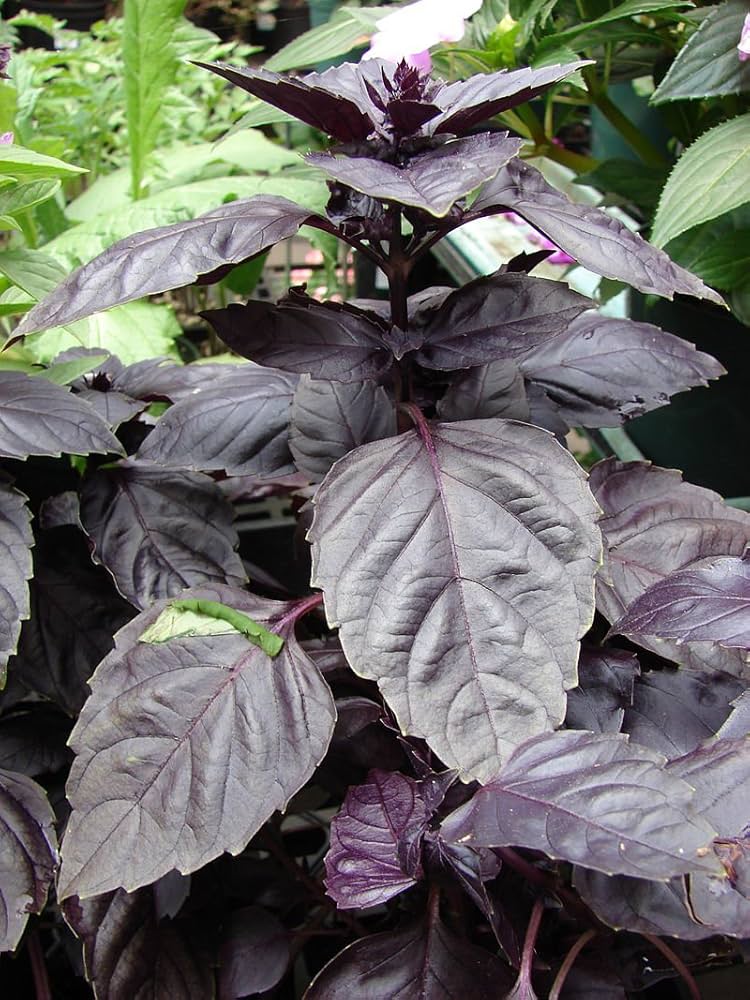
Purple Basil is an aromatic herb that delivers bold flavor and deep plum-hued foliage. Its rich color adds dramatic contrast to herb gardens, borders, or even floral arrangements. Beyond its good looks, it tastes slightly spicier than sweet basil and is perfect for infused oils, salads, or pesto. Bees adore its tiny pink flowers, and regular harvesting encourages fuller growth. It’s a stunning and fragrant addition that makes your garden and meals unforgettable.
4. Redbor Kale (Brassica oleracea)
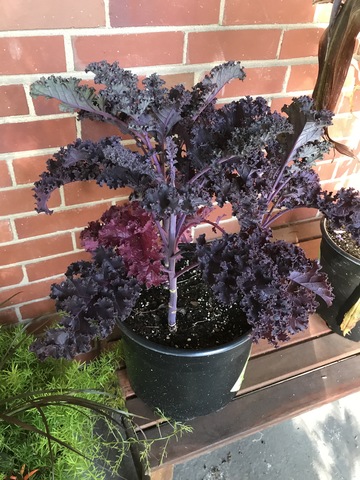
Redbor Kale is a cold-hardy, frilly-leaved variety with a deep purple, almost burgundy hue that gets richer in cool weather. Its upright, sculptural form makes it a fantastic ornamental focal point, whether in containers or garden beds. Beyond its visual appeal, it’s full of antioxidants and nutrients, with a mild flavor that works beautifully in stir-fries, smoothies, or salads. It’s especially prized for winter gardens, standing strong and vibrant when most plants have faded.
5. Calendula (Calendula officinalis)
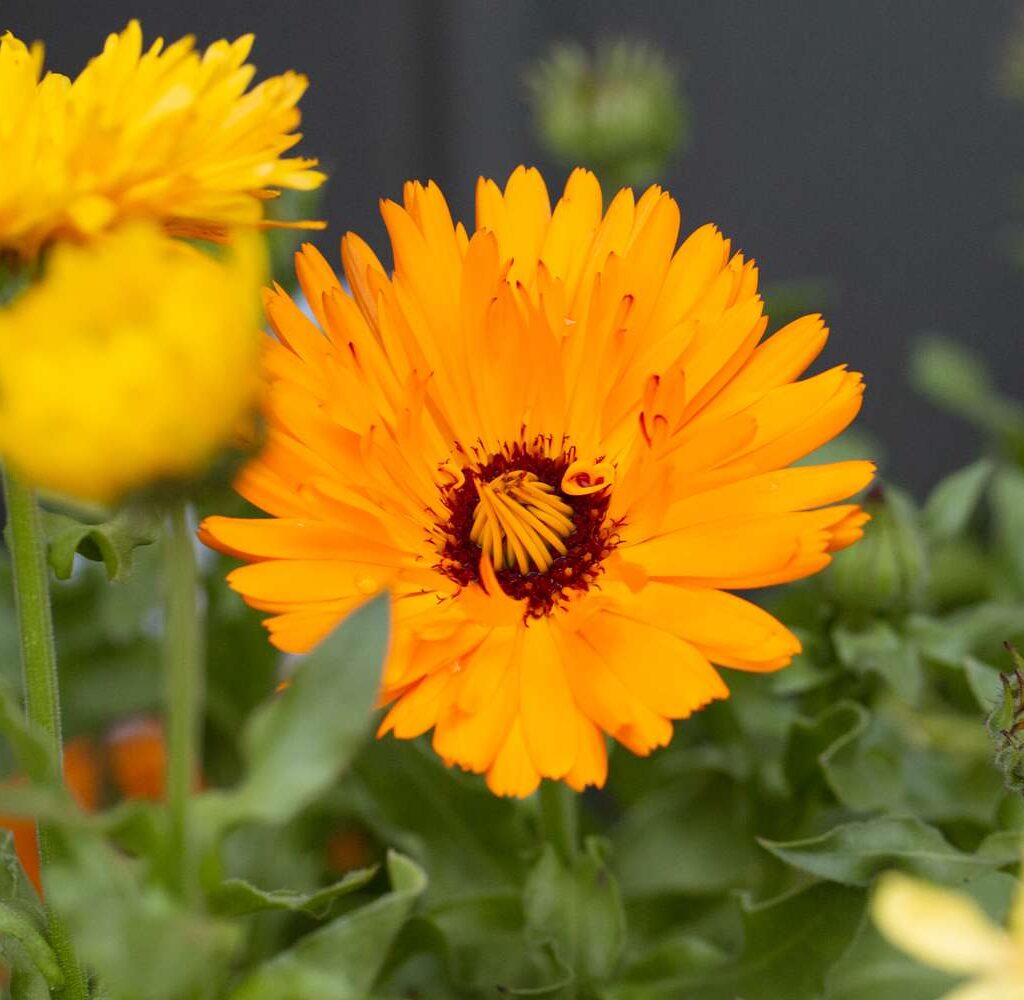
Calendula’s sunny yellow and orange blooms add a pop of cheerful color to gardens and dishes alike. Often called “pot marigold,” its petals are edible and slightly peppery, perfect for garnishes, teas, and skincare products. Calendula also acts as a companion plant, repelling pests and attracting pollinators. It’s easy to grow in containers or beds and blooms throughout the summer. Its healing properties and ornamental charm make it a multi-talented favorite for edible landscapes.
6. Scarlet Runner Beans (Phaseolus coccineus)
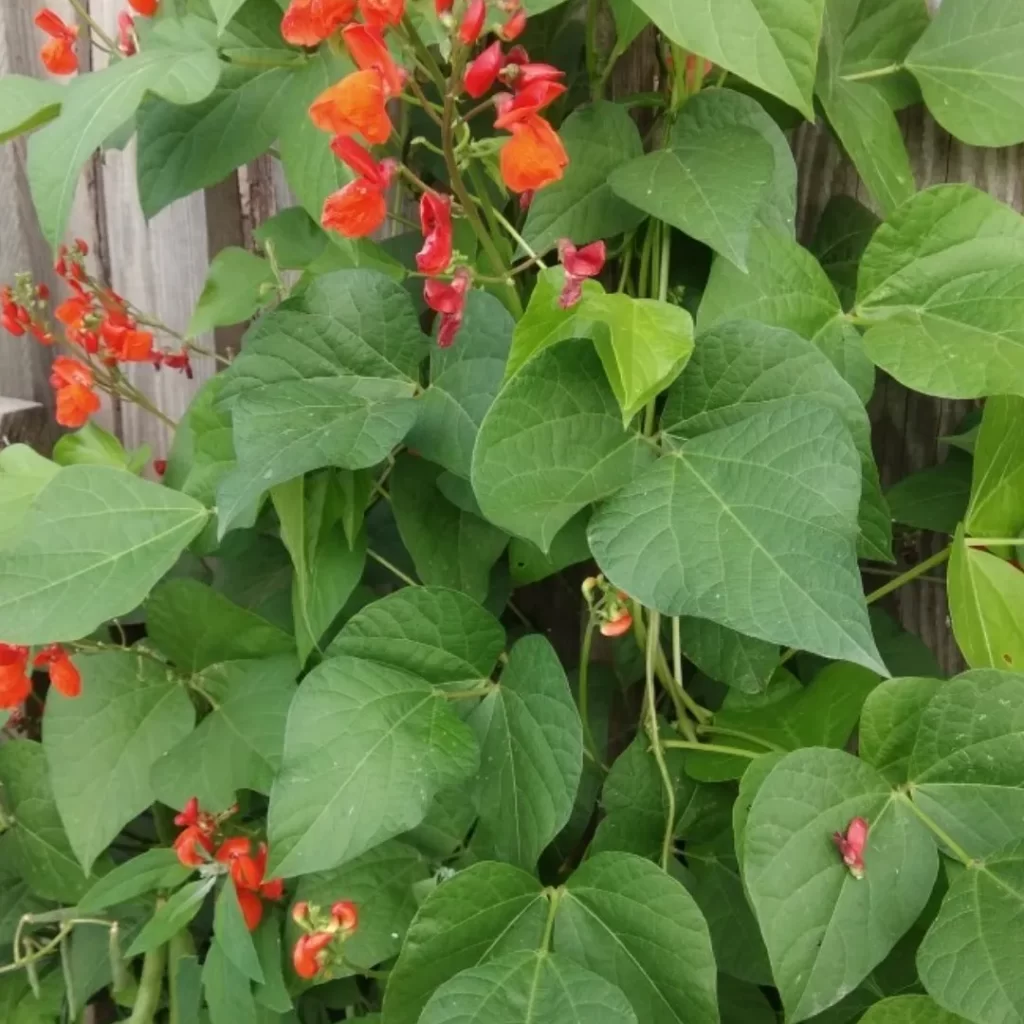
Few edible plants are as visually stunning as Scarlet Runner Beans, with their vigorous vines and vibrant red blooms that attract hummingbirds. Perfect for trellises, arches, or fences, they provide vertical interest and edible bean pods that can be eaten fresh or dried. The flowers are also edible and add flair to salads. As a fast-growing annual climber, it’s an excellent choice for creating living screens or garden backdrops while offering delicious harvests.
7. Blue Curled Scotch Kale (Brassica oleracea ‘Scots Curled’)
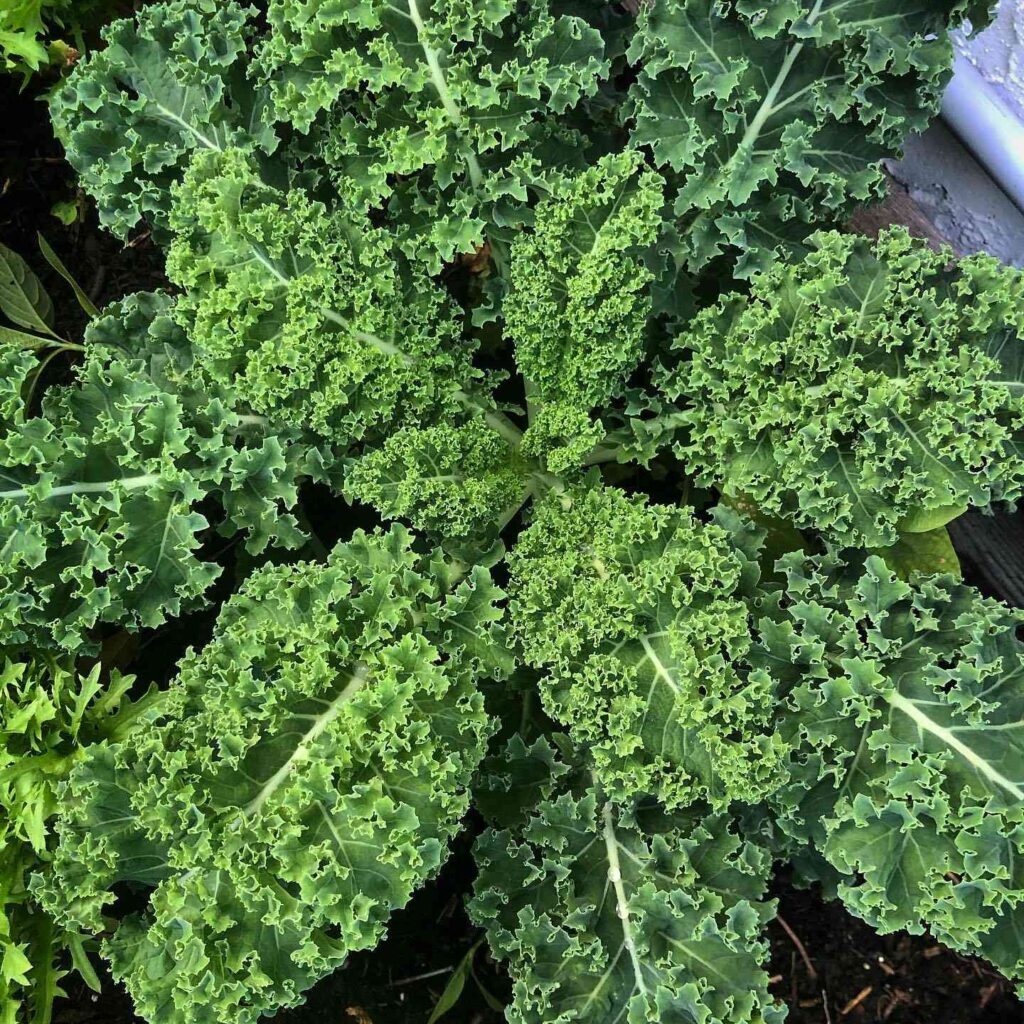
This ornamental variety of kale is prized for its deep green, finely curled leaves that hold their shape beautifully. It’s not only cold-tolerant but also stunning in both edible and ornamental borders. The leaves have a slightly nutty flavor and are great for kale chips, soups, or massaged into salads. As the temperatures drop, the colors intensify, making it one of the most visually rewarding cool-season crops. It’s both a culinary staple and a garden statement.
8. Amaranth (Amaranthus tricolor or Amaranthus caudatus)
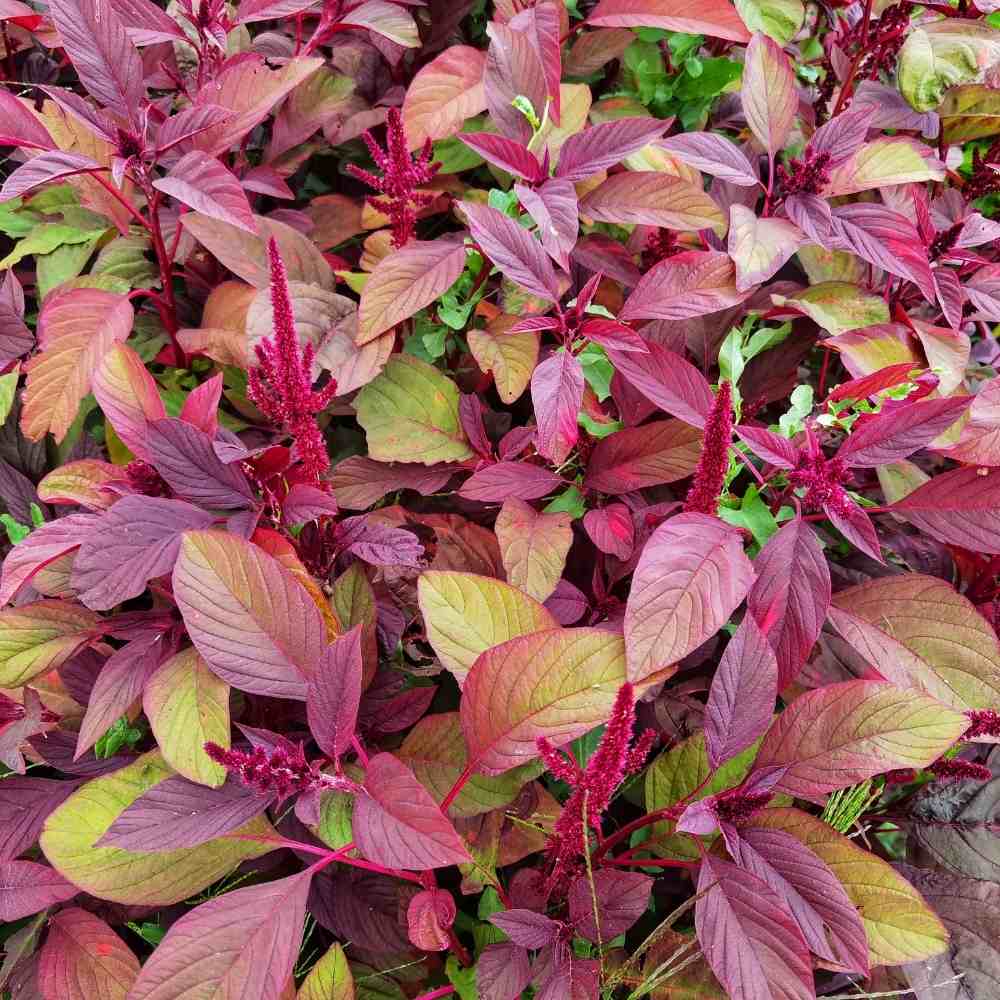
Whether you choose the striking tricolor leaf varieties or the tassel-like flower heads of Love-Lies-Bleeding, Amaranth is a dramatic, colorful plant with edible appeal. The young leaves are tender and nutritious, used similarly to spinach, while the seeds are high in protein and gluten-free. Its upright, bushy form and vivid red, orange, and green hues make it a bold centerpiece in edible gardens. It also thrives in heat and poor soil, making it practical as well as pretty.
9. Ornamental Peppers (Capsicum annuum varieties)
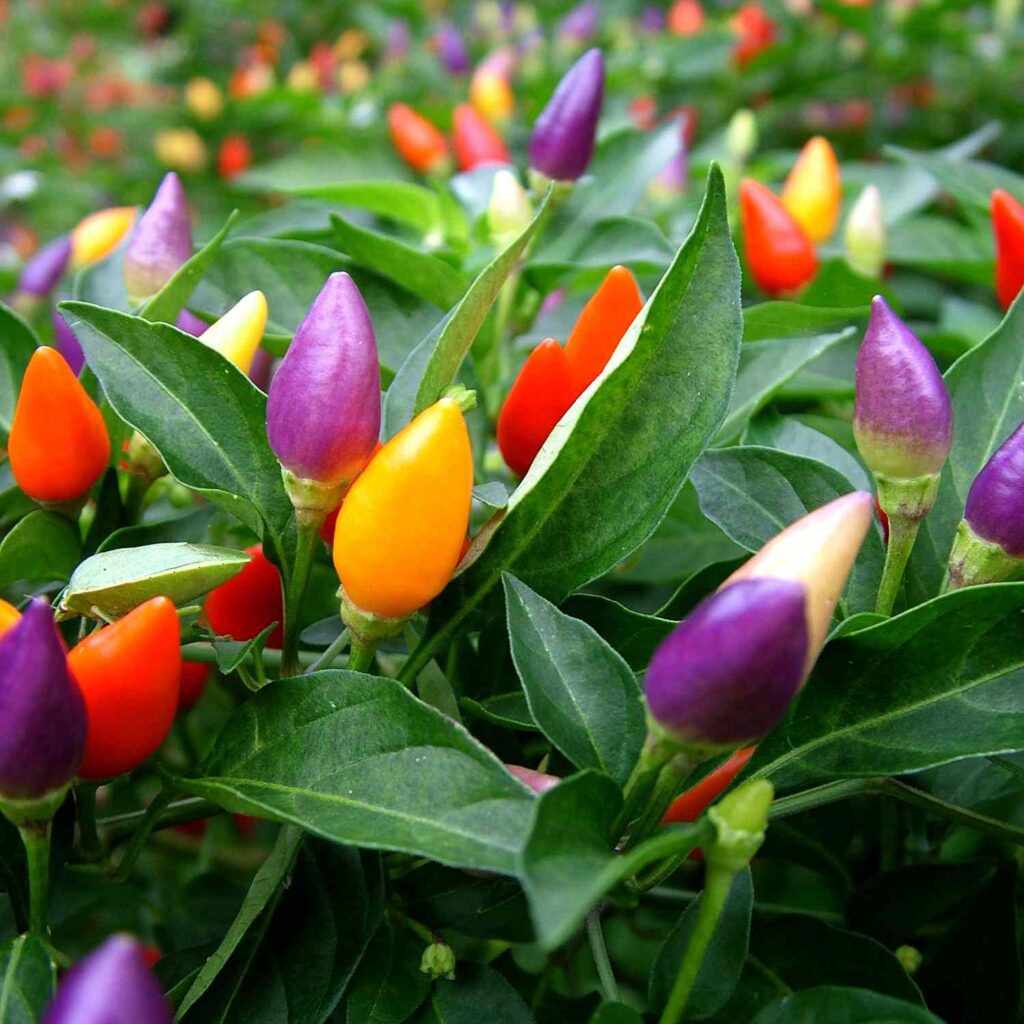
Ornamental pepper plants are a feast for the eyes, with their tiny, upright fruits in vivid shades of red, orange, yellow, purple, and black. They’re compact, great for containers or edging beds, and surprisingly edible though often quite spicy! Some varieties, like ‘Black Pearl’ or ‘Chilly Chili’, are bred for beauty as well as flavor. Even the foliage can be colorful, offering a tri-tone effect. These plants light up any garden and provide a fiery bite in the kitchen.
10. Lavender (Lavandula angustifolia)

Lavender is known for its fragrant purple spikes and silvery-green foliage, making it one of the most beloved ornamental herbs. Beyond its calming scent and stunning visual appeal, it’s also edible used in baked goods, teas, and even savory dishes. Bees adore it, and it thrives in sunny, dry locations with well-draining soil. Plant it along borders or in pots to enjoy its aroma and beauty, and harvest the flowers to infuse syrups, salts, or desserts.

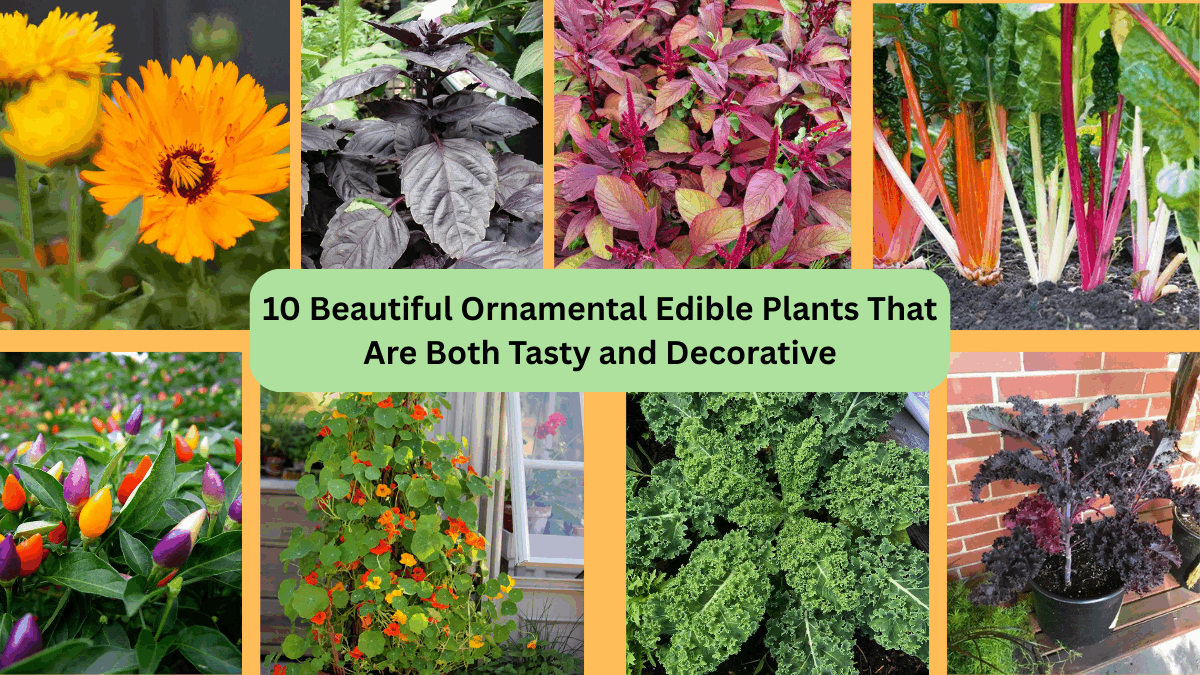
Leave A Comment